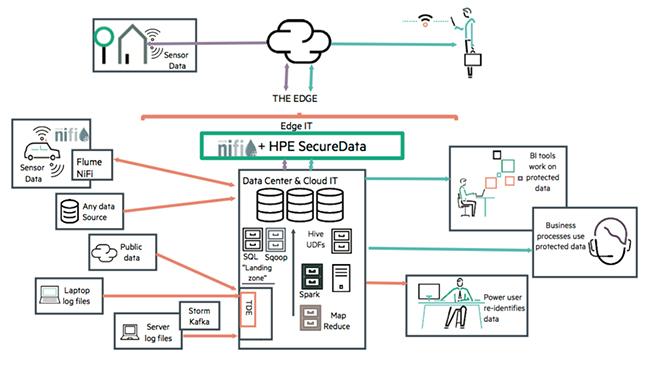For new or smaller companies, penetrating the formidable big data security market requires a highly focused and innovative approach. A successful campaign depends on well-defined Big Data Security Market Entry Strategies that sidestep direct, feature-for-feature competition with entrenched giants like Microsoft, IBM, and the major cybersecurity players. The market is dominated by large, comprehensive platforms, making a frontal assault for a new entrant nearly impossible. However, the market's rapid evolution and immense scale continually create new niches and unsolved problems that nimble startups can exploit. The sheer size of the prize is a powerful motivator. The Big Data Security Market size is projected to grow USD 40 Billion by 2035, exhibiting a CAGR of 18.96% during the forecast period 2025-2035. This massive expansion means that even a small slice of the market can represent a significant business opportunity. A successful entry strategy, therefore, is not about capturing the whole market, but about identifying a specific, high-value problem that is poorly addressed by current solutions and delivering a product that is an order of magnitude better for that particular niche. This focused approach allows a startup to establish a beachhead from which it can grow and expand.
One of the most potent entry strategies is hyper-specialization. Instead of attempting to build a generic security platform, a new entrant should focus on securing a specific component of the modern data stack or a particular industry vertical. For example, a startup could develop a security solution exclusively for real-time data streaming platforms like Apache Kafka, offering specialized capabilities for topic-level encryption, schema validation, and anomaly detection that go far beyond generic network security tools. Another avenue for specialization is by industry. A new company could create a platform for the healthcare industry that is pre-configured for HIPAA compliance and optimized for securing medical imaging data or genomic sequences. This deep focus allows a small company to build unmatched domain expertise and a product that resonates strongly with a specific target audience, creating a defensible moat against larger, more generalized competitors. By solving a difficult problem for a high-value audience, a startup can gain early traction, build a loyal customer base, and establish a reputation as a leader in its chosen niche.
Another highly effective market entry strategy is to build an "enabling" technology that augments, rather than replaces, the existing ecosystem. Many organizations have already made huge investments in big data platforms and cloud services. They are not looking to rip and replace these systems; they are looking for tools that make them more secure and easier to manage. A new entrant can capitalize on this by creating a product that works on top of or alongside the major platforms. A prime example is the emerging category of Data Security Posture Management (DSPM). A DSPM tool can connect to a customer's entire multi-cloud environment (AWS, Azure, Snowflake, Databricks, etc.) and provide a unified view of where sensitive data exists, who can access it, and what security risks are present. This "overlay" approach adds immediate value without requiring any changes to the underlying data infrastructure. Another strategy is to focus obsessively on the developer experience. By offering a security tool as an easy-to-use API with a generous free tier, excellent documentation, and seamless integration into DevOps pipelines (a concept known as DevSecOps), a startup can achieve bottom-up adoption. Developers who find a tool that solves their security problems without slowing them down will become powerful internal advocates, driving adoption within their organizations.
Top Trending Reports -
GCC Digital Advertising Market


